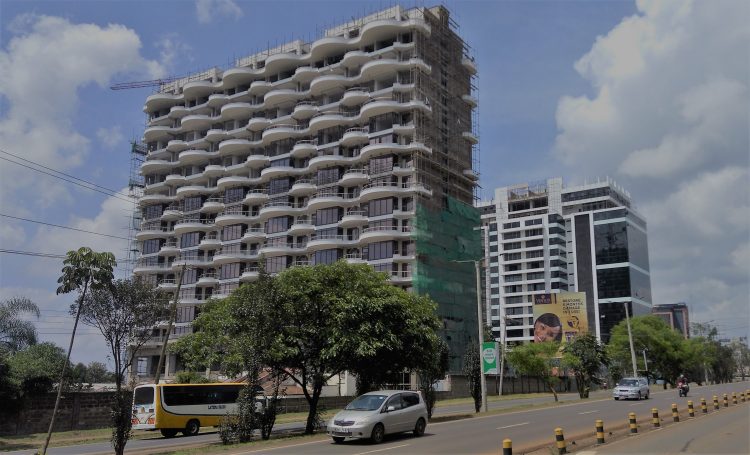The Central Bank of Kenya has published Draft Central Bank of Kenya (Mortgage Refinance Companies) Regulations, 2019 and invited the public to deliberate on it.
“The Finance Act, 2018 amended the Central Bank of Kenya Act (CBK Act) to provide the legal framework for the licensing and regulation of the mortgage refinance business and to bring the operations of Mortgage Refinance Companies (MRCs) within the regulatory and supervisory purview of the Central Bank of Kenya,” said the Central Bank in a statement.
According to the CBK, non-deposit taking firms will have to be established under the Companies Act and licensed by the CBK to conduct mortgage refinance business.
In 2018, the National Treasury said once operational, MRCs will help to meet the projected 500,000 houses in five years as well as make it easier for banks to access long-term finance for home loans.
The public has until February 28, 2019, to give their comments and views.
Housing Finance. Mortgage refinancing works by:
- Borrowers cede their property as security for a long-term mortgage loan,
- The mortgage liquidity facility will lend its funds to PMLs with the mortgages as collateral,
- The mortgage liquidity facility provides a bond to private institutions and investors, with the mortgages as collateral, and,
- Institutions with medium to long-term liabilities buy the bonds at a margin above the usual government securities. On bond issuance, investors are likely to buy into the long-term mortgage-backed bond for 13.9%-14.1%, assuming a 1.0% margin above the minimum of the risk-free rate for a 10-year bond, which currently stands at 12.9% or 13.1% for a 15-year bond.
We are of the view that for KMRC to have a meaningful impact, we need to address the cost of housing to make it more affordable. On bonds issuance, investors are likely to buy into the long-term mortgage-backed bond for 13.9% – 14.1%, assuming a 1.0% margin above the minimum of the risk-free rate for a 10-year bond, which currently stands at 12.9%, or 13.1% for a 15-year bond.
The assumption is based on the typical corporate premium charged above the risk-free rate. This, however, should be guided by the Capital Markets Authority’s Policy Guidance Note (PGN) which is aimed at facilitating the issuance of Asset-Backed Securities (ABS).
Kenya Mortgage Refinancing Company is a step in the right direction towards making the Government initiative of providing 500,000 homes per year ti to buy into the long-term mortgage-backed bond for 13.9% – 14.1%, assuming a 1.0% margin above the minimum of the risk-free rate for a 10-year bond, which currently stands at 12.9%, or 13.1% for a 15-year bond.
In or view, this is still high for financing end user mortgage 2022 come to effect. We expect the body to result to a rise in (i) number of mortgage lenders, (ii) the number of mortgage undertakings, and thus (iii) increased uptake of homes by the low-income population.
Source: Cytonn Investments




